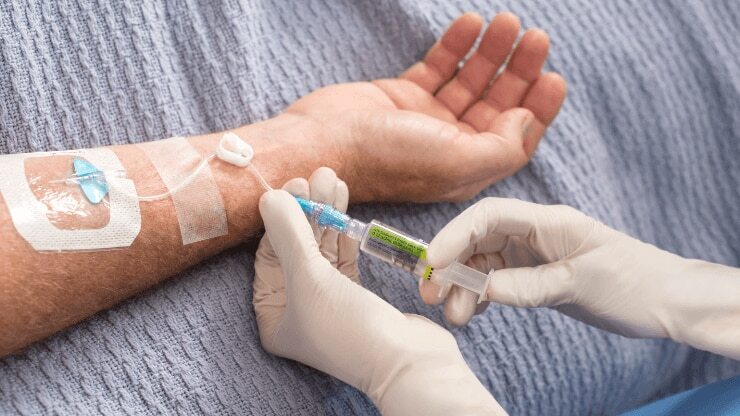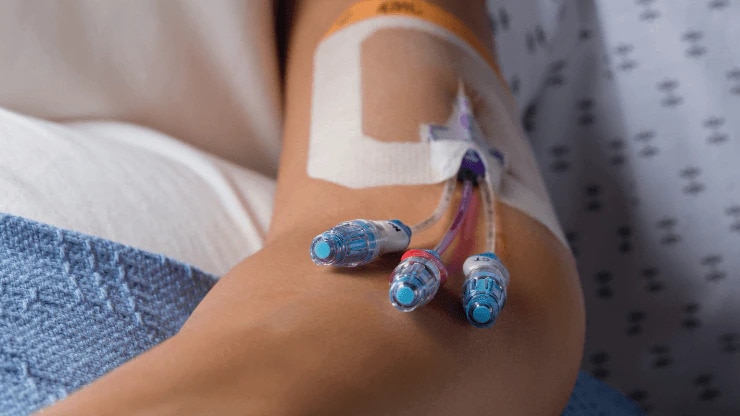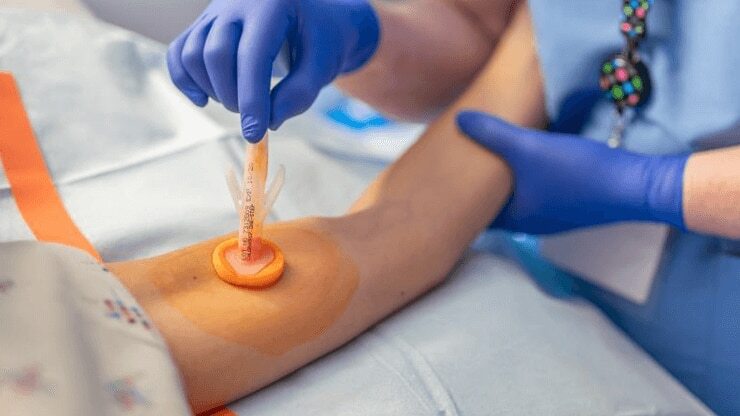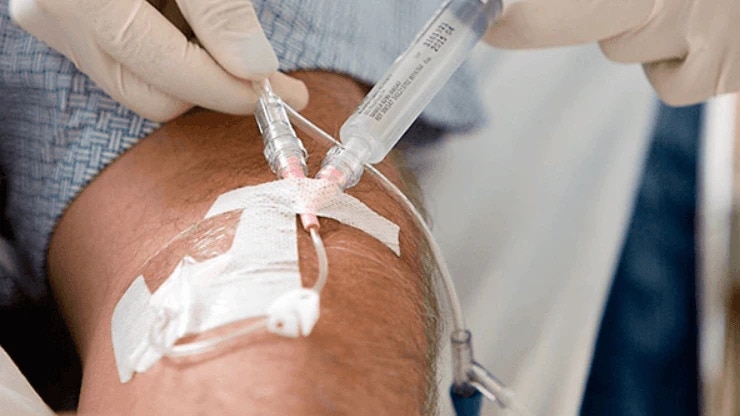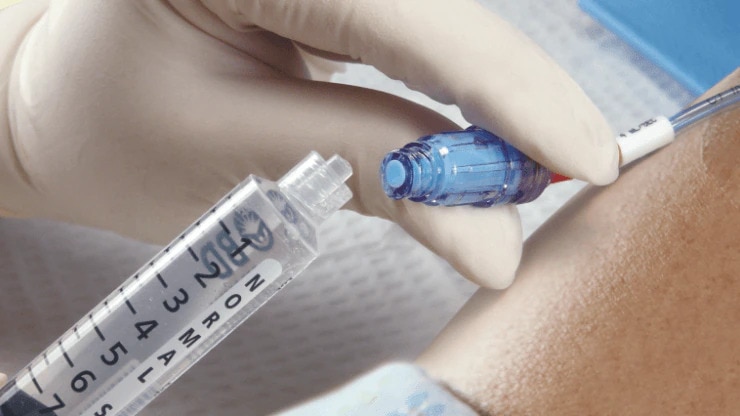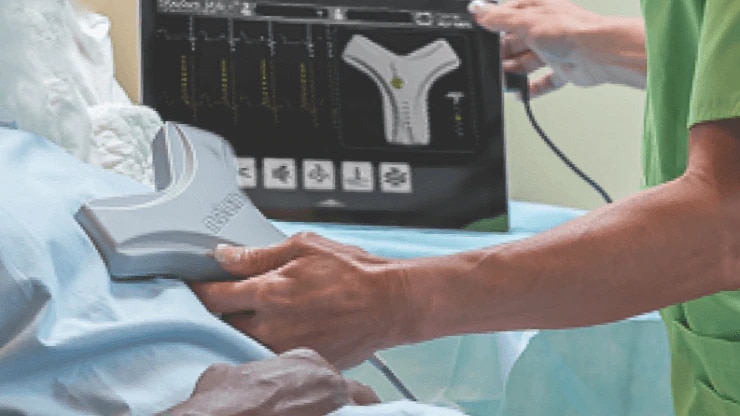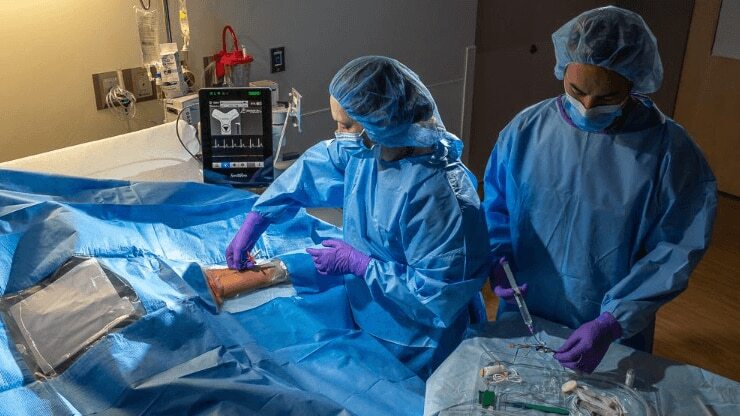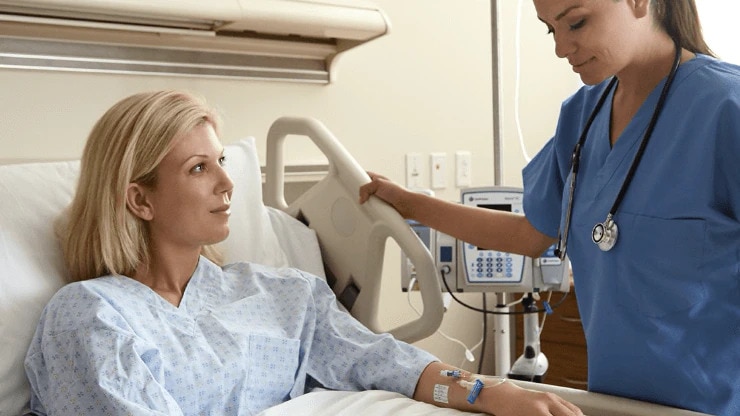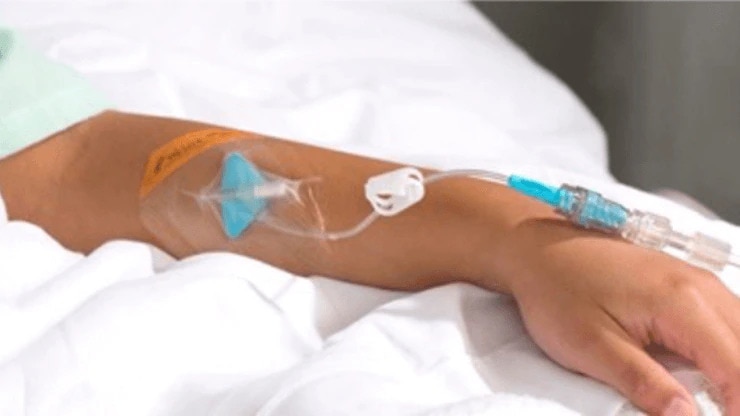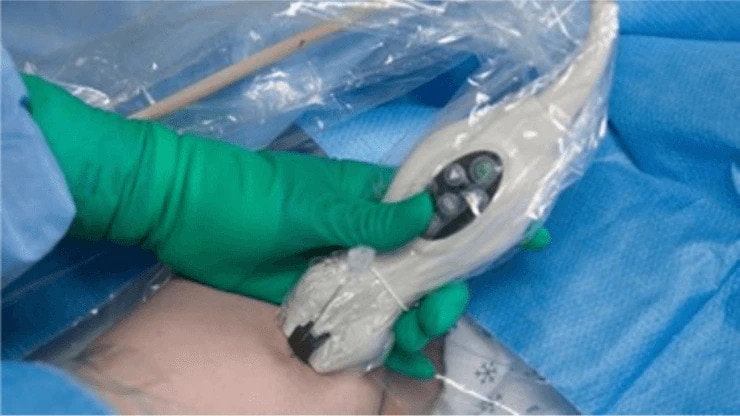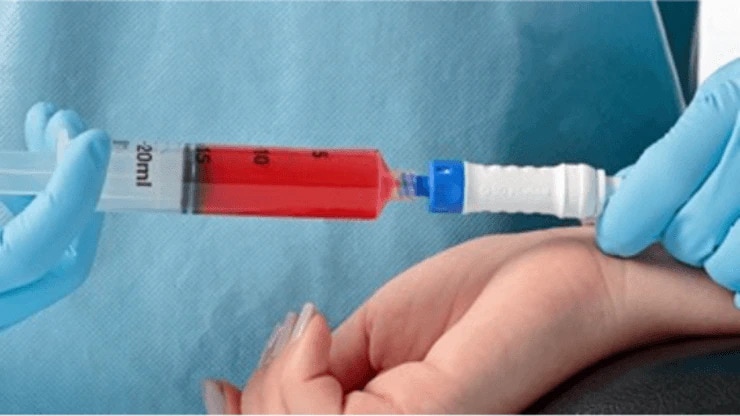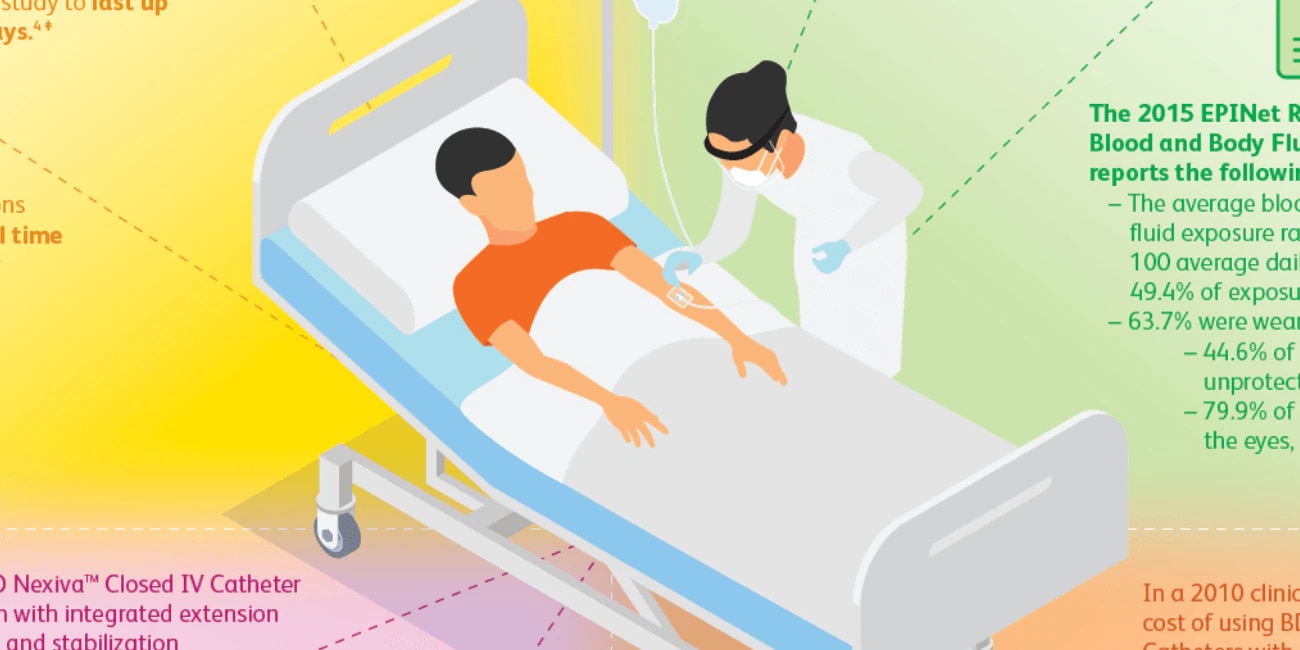* Compared to an open system
† Chlorhexidine gluconate
‡ Isopropyl alcohol
§ Compared to B. Braun Introcan Safety® Catheter with Bard Statlock® IV Ultra Stabilization Device
‖ The BD Max needle-free connector technology includes the BD MaxPlus™ Needle-free Connector and the BD MaxZero™ Needle-free Connector.
¶ For CVAD tip placement confirmation of approaches from the superior vena cava.
# When compared to traditional PICC placement methods of blind placement and chest X-ray (CXR).
** Company sponsored study comparing Sherlock 3CGTM TCS on adult patients against historical PICC placement standard of care for blind insertion by a CXR for tip confirmation. Data on file.
†† Reduced cost based on post-hoc exploratory analysis suggesting the costs between the two placement processes are different.
*** Comparison in relation to Bard PowerPICC™ Catheters

